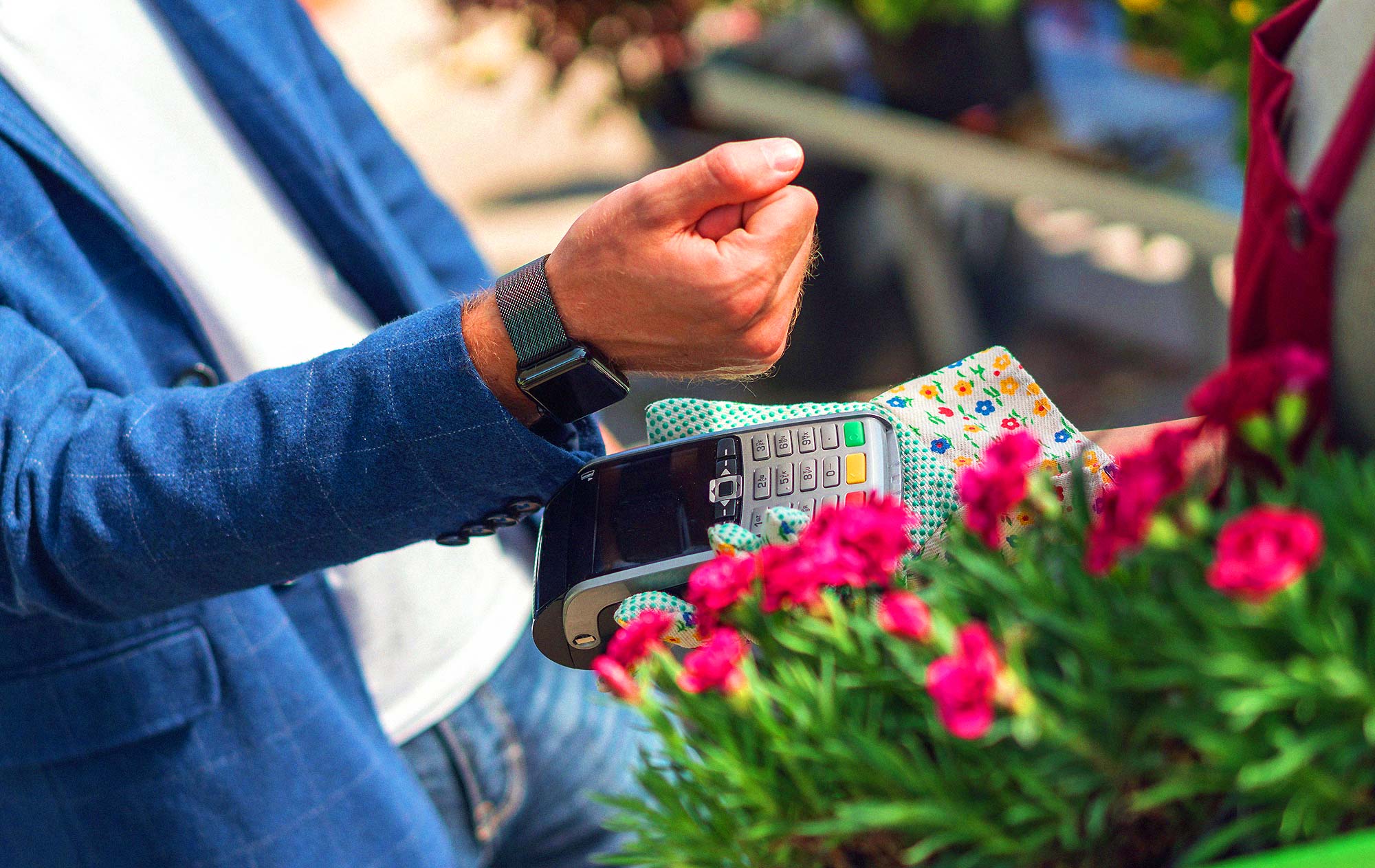

As wearable payments are becoming increasingly important, retailers must consider the implications of this technology. But how does the wearable payment landscape look like right now?
The growth of contactless card usage as well as the slow, steady rise of mobile wallets such as Apple Pay signals a growing consumer interest around wearable payments.
According to ABI Research, global wearable device shipments are set to hit more than 500 million by 2021. Analysts estimate 20 percent of these devices will be connected with a payment, transport or access control application.
Recently, Nordic banks Nordea and Swedbank introduced a new range of watch wearables that can be used for making contactless payments. Further, one of Europe’s largest music festivals, Roskilde Festival, allows visitors to pay for everything using a wristband.
Where does this leave retailers? Accepting wearable payments may seem complex, but businesses should consider the credibility of these technologies. Wearable payments is not a passing fad as more devices are born with payment functionality such as NFC chips.
“Many customers started out their journey in wearable payments thanks to multi-function devices. In many ways, wearables are the perfect outlet to embed contactless payments and therefore seem a logical next step in the payments industry,” says Bettina Thorkelin, Nordic Director at Rapyd.
Retailers of all sizes must meet the demands of the digital consumer in order to stay ahead of the competition. And this includes wearable payments.
“Modern consumers do not care if you are a multinational enterprise or a local business employing five people. They expect great service no matter what. That is why it is crucial that retailers open up to accept contactless payments from wearable devices,” says Bettina Thorkelin, Nordic Director at Rapyd, and continues:
“If small businesses are to gain a critical advantage in their marketplace, giving people the seamless payment options that they have come to expect will be essential. Such changes give businesses the chance to punch above their weight and ensure that every aspect of the customer experience is optimised. It is the full responsibility of the business to make sure it is prepared for the emerging tech coming on the horizon. Customers certainly are not going to wait for them.”
This website uses cookies.
Read More